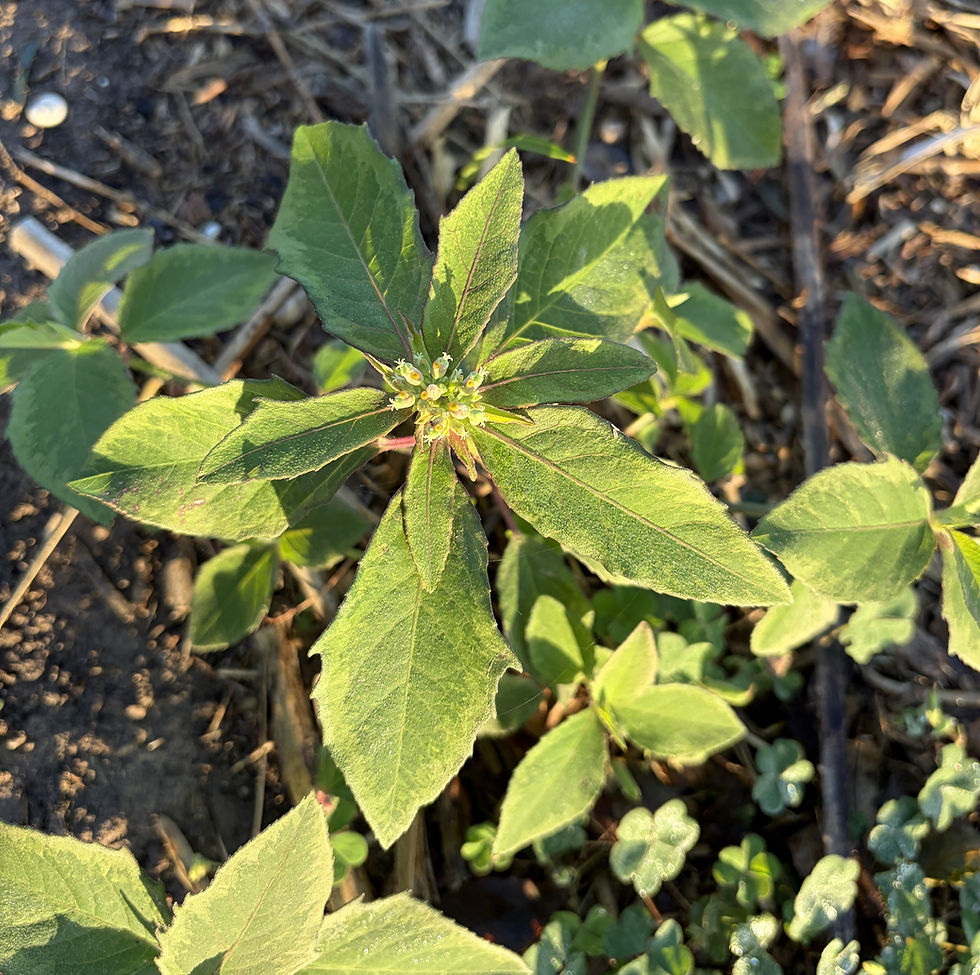Going, coming and just passing through – spring bird migration begins
- jjvanm
- Apr 20, 2024
- 2 min read

Published in the McAllen Monitor, April 20, 2024
Story and photos by Anita Westervelt, Texas Master Naturalist
A unique looking mockingbird came to the birdbath as I was looking out our kitchen window recently. I grabbed a photo to try to identify it. It was not a mockingbird, but a close cousin – a gray catbird. A bird I never expected to photograph because they are not permanent residents in the Rio Grande Valley.
Gray catbirds reside in east Texas and north to southern portions of Canada. They spend winters along the Gulf Coast from Florida to Texas and south into Mexico, Central America and the Caribbean. I suspect it was just passing through; however, it alerted me to the beginnings of spring migration.
Gray catbirds are a smooth gray color overall with a black cap. They are noted for flipping their tail, showing off their chestnut colored undertail; which my visitor did while I had the camera trained on it.


A couple of days later, more signs of spring migration occurred when an interesting looking bird dropped down for a quick spin in the birdbath. It had a broad black bandit’s mask splashed across its face, its chin and breast feathers were bright yellow. It was a male common yellowthroat, a migratory warbler. Although known to spend winters in the Rio Grande Valley, my brief visitor was most likely on its way north.

Shortly after that, I had some early morning entertainment just outside the garage bay door. I rushed back in the house for the camera and luckily didn’t miss the show: the antics of a lively courting male Bronzed cowbird.

Bronzed cowbirds are shiny black and have red eyes. The male ruffles his head, neck and chest feathers like a lion’s mane. I’ve seen their mating dance on the ground, the male hops up and down and hovers in front of the female. It’s quite something to see. After a quick couple of photos, I left these two alone, not wanting to disturb them in their precarious position on the pole tension wire. Bronzed cowbirds are short-distance migrants, flying north to south Texas and northern Mexico to breed in the spring.
On the receiving end of migration, in January, I began noticing a small bird that seemed to be painted in a series of streaks in tones of brown, tan, rust and gray. It was skittish. I mostly saw it zipping out of a large, bushy Turk’s cap plant that grows around the trunk of a mesquite tree. Other times, it would dart around in the grass or scurry around the mesquite branches, still close to the protective cover of the Turk’s cap. It eventually took advantage of the birdbath. It was a Lincoln’s sparrow.

Apparently, it found enough insects and seeds to stay. I felt privileged to host it over the winter; it will soon fly north to its breeding grounds in Canada or Alaska. Mostly solitary, Lincoln’s sparrows migrate to the southern United States, Mexico and northern Central America in the fall.
The Turk’s cap is finally full of blooms and our resident hummingbirds are back. Winter is over.
- 30 -





